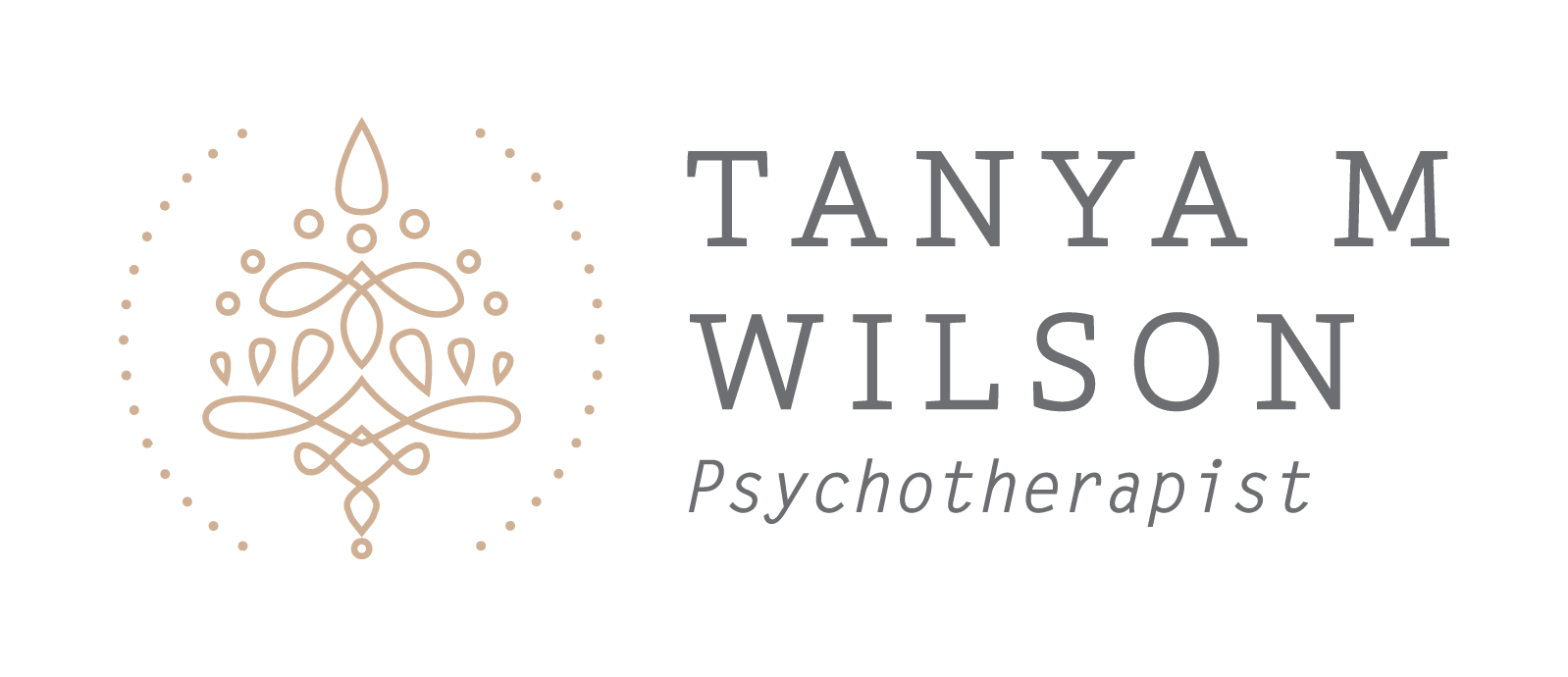In the US alone, more than sixty million people suffer narcissistic abuse. As horrible as it is, narcissistic abuse is unfortunately quite predictable and follows a pattern. Here are the typical phases of the narcissistic abuse cycle:
Narcissist feels threatened
When a narcissist feels threatened, it’s a different experience than what someone else might perceive as being threatened. They are generally not intimidated by typical abuse or threats that most of us would find very confronting. On the contrary, they are most vulnerable when they feel embarrassed or out of control of their situation or feelings. This can come from being rejected, jealousy, disapproval or a loss of their superiority that they have imagined.
Quite often, a lot of these scenarios are fabricated in the narcissist’s head or in the view of their own world they have created.
Narcissist abuses others

This phase of the narcissistic abuse cycle will see the narcissist lash out when they have been triggered by the situations mentioned in the step above.
You’ll notice they have a propensity for targeting a weakness in the other person. It’s an insidious approach, that can start off subtle and then escalate or wear the victim down over a period of time as they establish dominance. Once worn down, the narcissist can really strike hard if they feel their victim is unable to defend themselves any longer. This form of ill treatment is likely to involve a lot of gaslighting.
The abuse is often mental and emotional but can also play out as physical, financial, sexual and spiritual. If you are the victim, this is the stage where you might notice your intuition starts to tell you that something is a little off. But being the human that you are, you will likely brush it off and rationalise the behaviour away. It’s important not to beat yourself up if you recognise yourself in this last statement.
Bait and switch
This is when the abused has had enough, they “fight back” and then they are blamed and labelled as “abusive”.
Sometimes this can mean the victim of narcissistic abuse can be the one to have an intervention order or AVO taken out on them (I can’t tell you how many times I have seen this). Understandably, it is very distressing for the victim as they have been gaslighted into thinking they are the abusive one.
Often it comes from behaviours of “fighting back” when they lash out after having enough of the torment they are experiencing. These fighting back behaviours can present as actions that are very out of character and quite disturbing to the victim.
Common incidences look like the narcissistic taking out an intervention order/AVO and having the bruises to “prove” physical abuse, taking photos of a car or a wall smashed in by their victim (which the narcissistic is positioning as the abusive one).
But this is all part of the narcissist’s gameplan because they will conveniently use these behaviours against their victim. The victim has been absolutely provoked and backed into a corner until they have no choice but to fight back, which is when the narcissist conveniently uses a camera to record it all and use it against them.
The bait and switch part of the cycle is usually the most distressing stage of the narcissistic abuse cycle. However, it can be utterly empowering once you learn how to NOT take the bait.
This is the stage where a lot of clients initially come to see me for counselling sessions, particularly if they are plagued with guilt.
Narcissist plays the victim
Now that the narcissist has set it up so the victim appears as the original abuser, they have free reign to act like the victim so they can get others to side with them or feed them with the attention they crave. Which also provides them with a platform to continue the abuse behind closed doors.

You can expect lying, gaslighting and fabricated memories as well as a concerted effort to make you feel completely crazy from this stage of the cycle.
It may come as no surprise that the victim could be experiencing extreme guilt, enter into rescuer or peacemaker mode. Which, again, just fuels the power the narcissist thinks they have. You might also be experiencing any of these surprising symptoms of narcissistic abuse.
Narcissist feels empowered
This phase of the narcissistic abuse cycle makes sense when you understand the preceding steps. They feel they have won and got their own way because they are in the right (mistakenly).
And then the cycle tends to play out again and again. Each time the cycle plays out, the narcissist grows stronger and it further compounds their destructive beliefs and behaviours.
Download the narcissistic abuse cycle resource here.
If any part of this narcissistic abuse cycle feels familiar to you, please book a discreet counselling appointment with me today. You can break the cycle and you can overcome narcissistic abuse.


